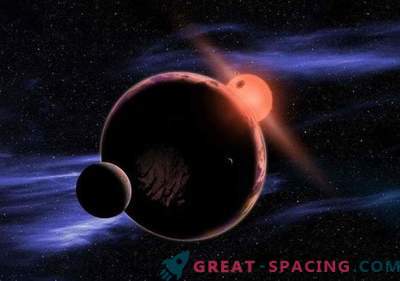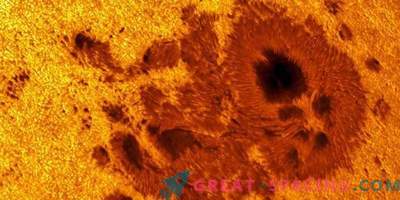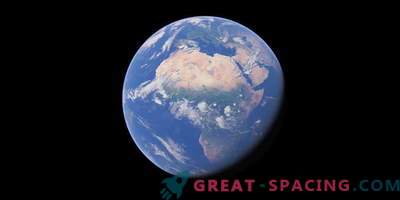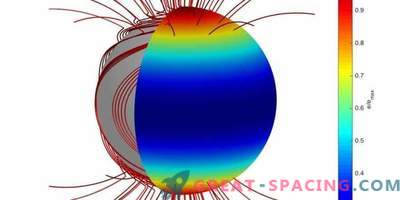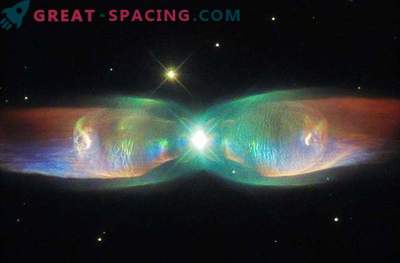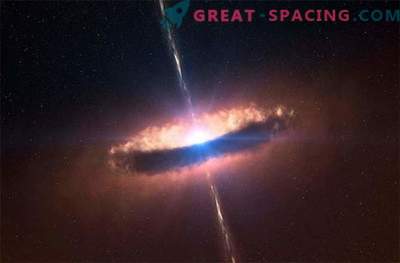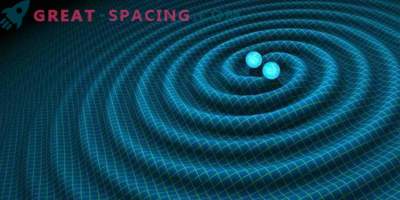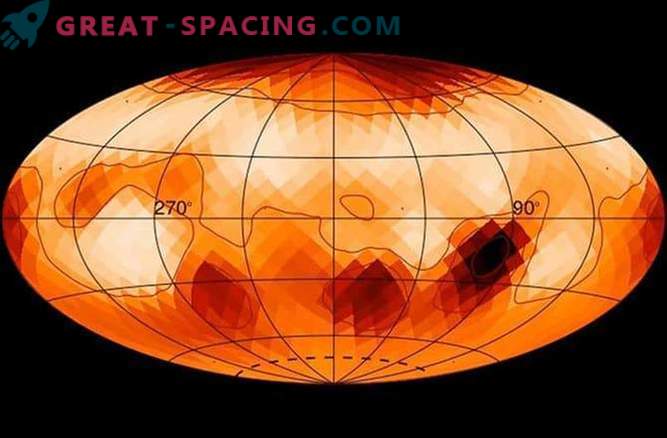
The magnetism of our Sun increases and decreases during cycles of about 11 years, generating a scattering of dark spots drifting around the equator of the Sun during the solar maximum, and disappearing during the solar minimum. Astronomers have been following the number of sunspots for many centuries, but it is only now that we begin to understand what moves and how the main magnetic field is formed.
However, astronomers are curious, is this process unique to our Sun, and do other stars demonstrate similar cycles? Do they have sunspots or more precisely star spots? If so, do they have similar mechanisms?
Of course, it is difficult to find the answer to this question. We do not yet have enough powerful telescopes to see the surface of other stars, not to mention star spots. But we reach a point where we can see small stars, especially red dwarfs, which show huge stained regions.
Now, astronomers have gone even further: they were able to see the photosphere of a large old star, located 180 light-years from Earth. They made a map of the rotation of the star, and it looks strange.
But “weird” is a very relative concept. Our sun may be the same “strange” object compared to other stars in the universe. Perhaps every star is unique in some way. Countless physical variables add variety to a rich stellar family. In this case, Zeta Andromeda, which is 15 times larger than our Sun, has a scattering of star spots, which are located even in high latitudes (that is, near the poles).
This is very different from our Sun, where most sunspots tend to flare around the equator and we have a pretty good idea of why this happens. The sun experiences differential rotation, in other words, it rotates faster at the equator than it does at the poles. This affects the tugging of the internal magnetic field, pulling it more around the equator. This magnetic field is supposed to “wind up” when magnetic lines of force are drawn through the photosphere in the form of coronal loops, forming a series of darkened areas - sunspots in the equatorial node.
The internal dynamics of zeta Andromeda, one way or another, differs from the differential rotation of our Sun and solar cycles. However, this conclusion is not such a surprise.
Our sun rotates at a leisurely pace at a speed of about 2 kilometers per second. Zeta Andromeda rotates at a speed of 40 kilometers per second and has a younger stellar partner. We are probably comparing orange to apple; both are stars, but they have very different properties that influence the evolution of star spots. But one thing is completely clear to researchers - this star does not have a magnetic dynamo similar to the Sun, showing how different the stars are from each other.
